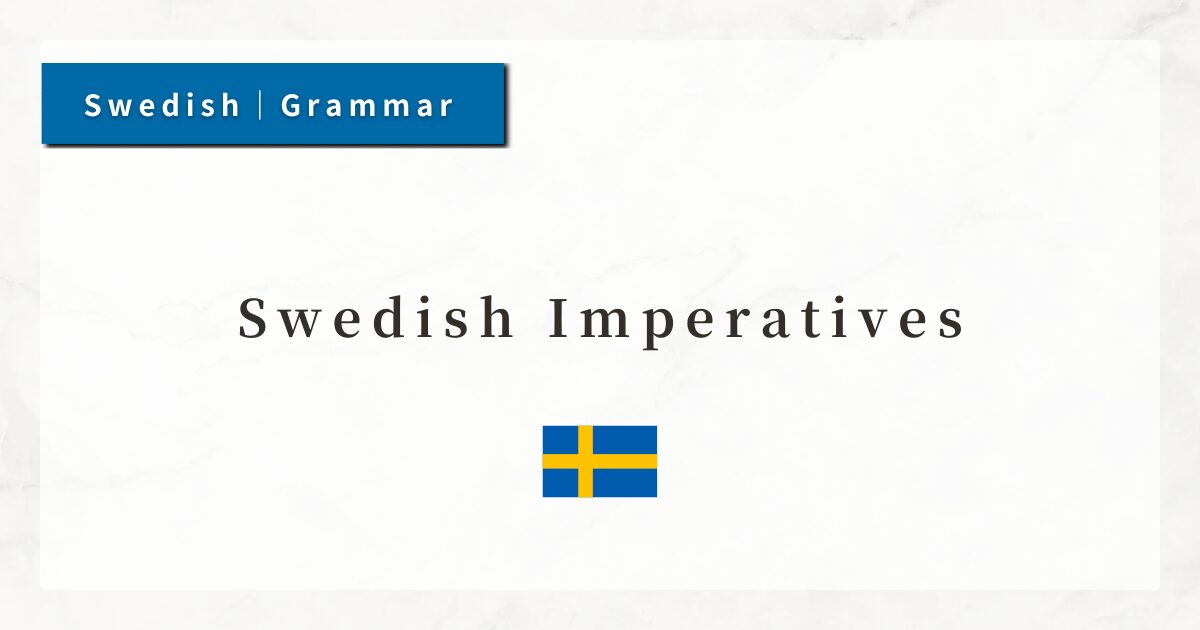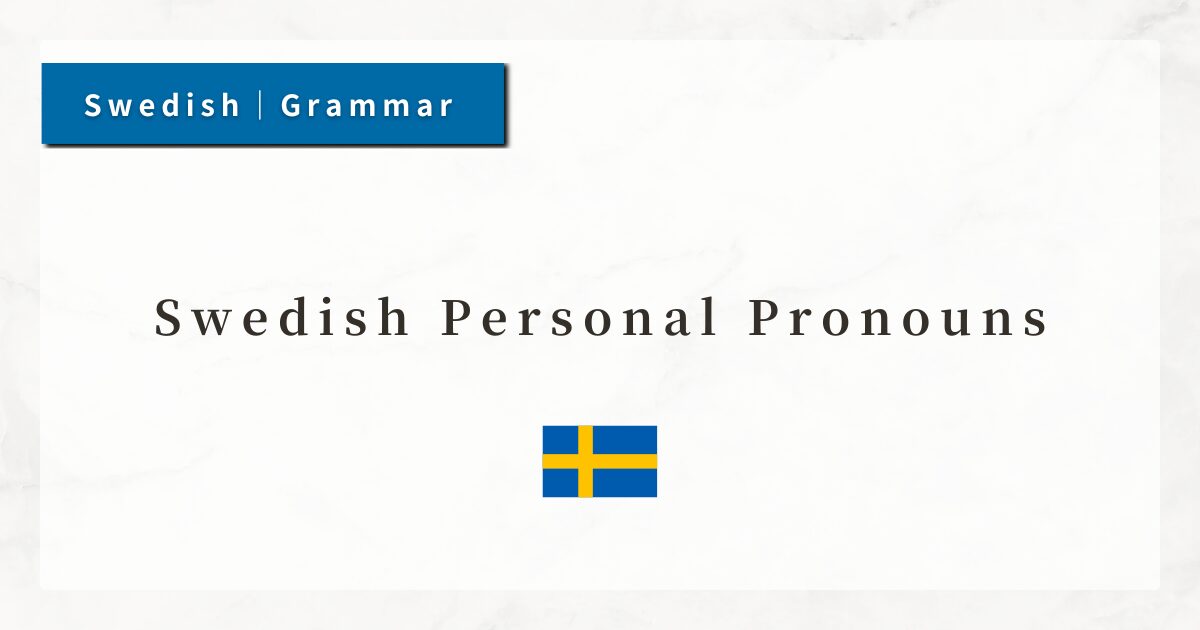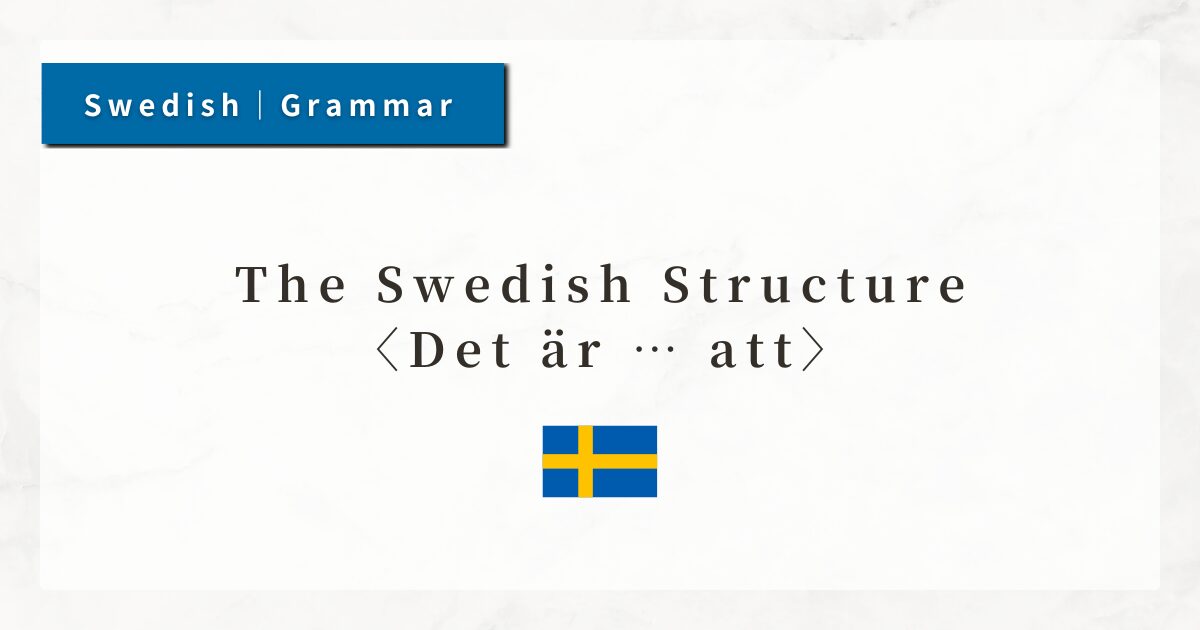#49 Swedish Passive Voice I|How to Use the -s Passive Form

In Swedish, the passive voice is used when we want to emphasize the object of an action (who/what something is done to), rather than the agent performing the action.
It is an important feature of the language, appearing not only in everyday conversation but also in news articles, notices, and public signs.
One of the most basic and frequently used forms of the passive is the “-s passive”, where the suffix -s is added to a verb to automatically give it the meaning “to be done.”
In this lesson, I will explain how the -s passive works and how it is used.
1. Basic Mechanism of the -s Passive
- Active:
Han skriver brevet.
(He writes the letter.) - Passive:
Brevet skrivs (av honom).
(The letter is written / by him.)
In Swedish, by simply adding the ending -s to the verb, the active form is automatically transformed into a passive one with the meaning “to be …-ed.”
This is a major feature of Swedish grammar, and compared to the English passive voice (be + past participle), it is much simpler to form.
2. How to Form the -s Passive
The passive voice generally follows a simple rule: “verb + -s.”
In the present tense, however, the final -r (-er) of the verb stem is dropped before adding -s.
| Tense | Active | -s Passive | Example |
|---|---|---|---|
| Present | skriver (writes) | skrivs | Brevet skrivs nu. (The letter is being written now.) |
| Past | skrev (wrote) | skrevs | Brevet skrevs igår. (The letter was written yesterday.) |
| Present Perfect | har skrivit (has written) | har skrivits | Brevet har skrivits redan. (The letter has already been written.) |
| Future | ska skriva (will write) | ska skrivas | Brevet ska skrivas imorgon. (The letter will be written tomorrow.) |
3. Situations Where the -s Passive Is Used
3-1. When the agent is unnecessary
- Dörren öppnas kl. 9.
(The door opens at 9 o’clock.)
3-2. On public signs and notices
- Här talas svenska.
(Swedish is spoken here.)
3-3. In formal writing and news articles
- Det påpekas ofta att …
(It is often pointed out that …)
In everyday conversation, the active voice is generally preferred.
However, in contexts requiring objectivity, or where the agent is not relevant, the -s passive is commonly used.
4. Expressing the Agent with av
If it is necessary to specify the agent in a passive sentence, the preposition av (“by”) is used.
- Brevet skrivs av Anna.
(The letter is written by Anna.)
Still, because Swedish passive constructions focus on the recipient of the action, the av phrase is often omitted.
5. Summary
- The -s passive is the most commonly used form of the passive voice in Swedish.
- Adding -s to the verb gives it the meaning “to be …-ed.”
- It is directly related to its active counterpart and is simple to form.
- The agent can be expressed with av + person, though it is usually omitted.
- It is frequently used in notices, news reports, and explanatory writing, where objectivity is emphasized.




